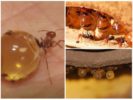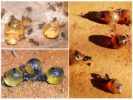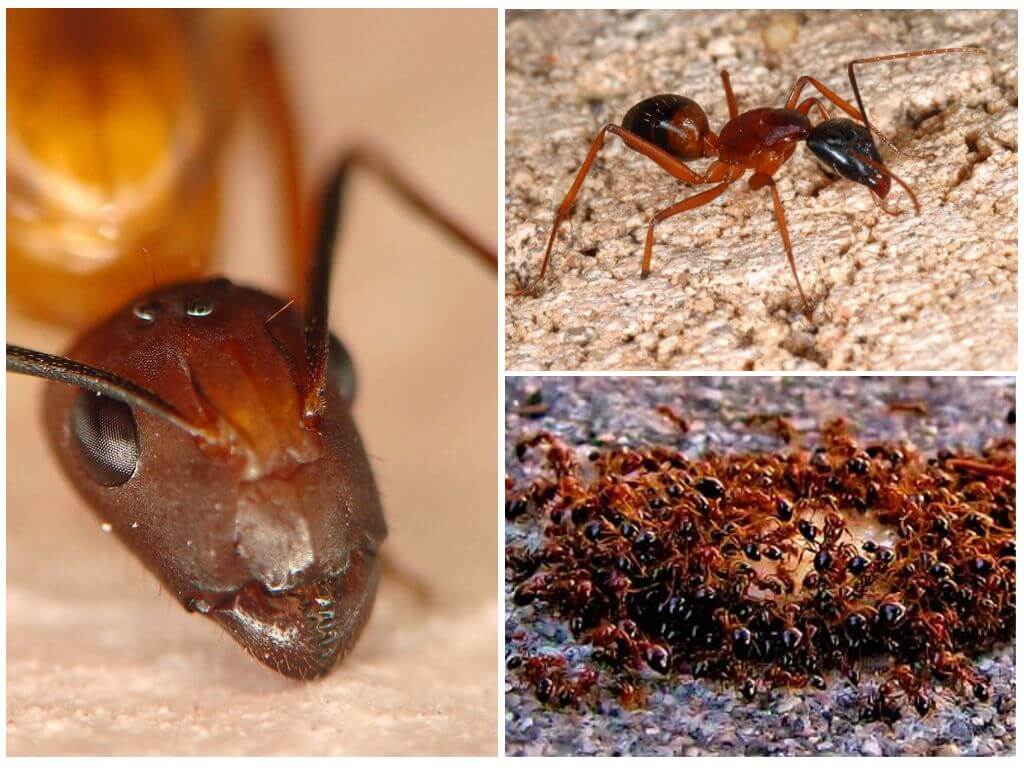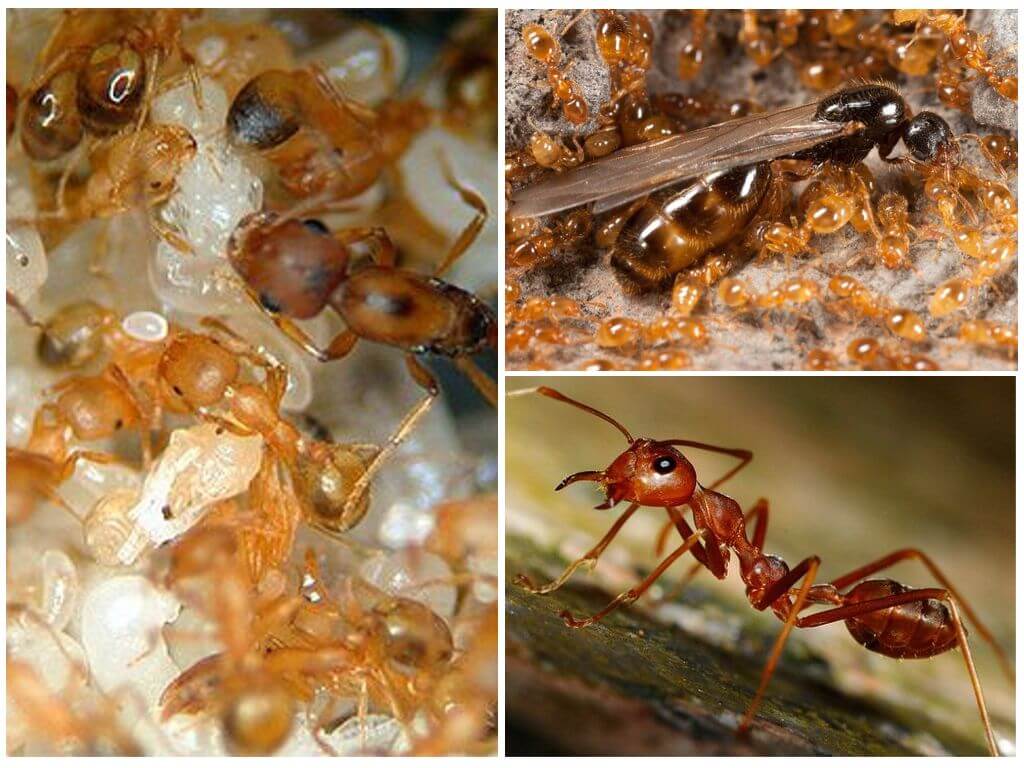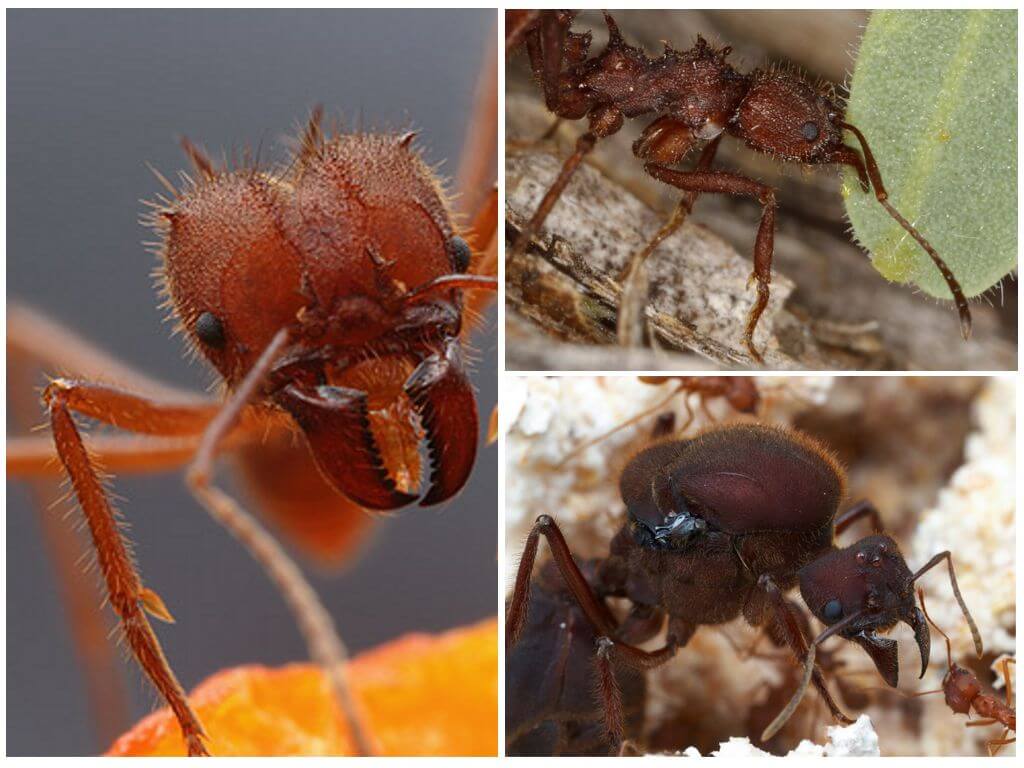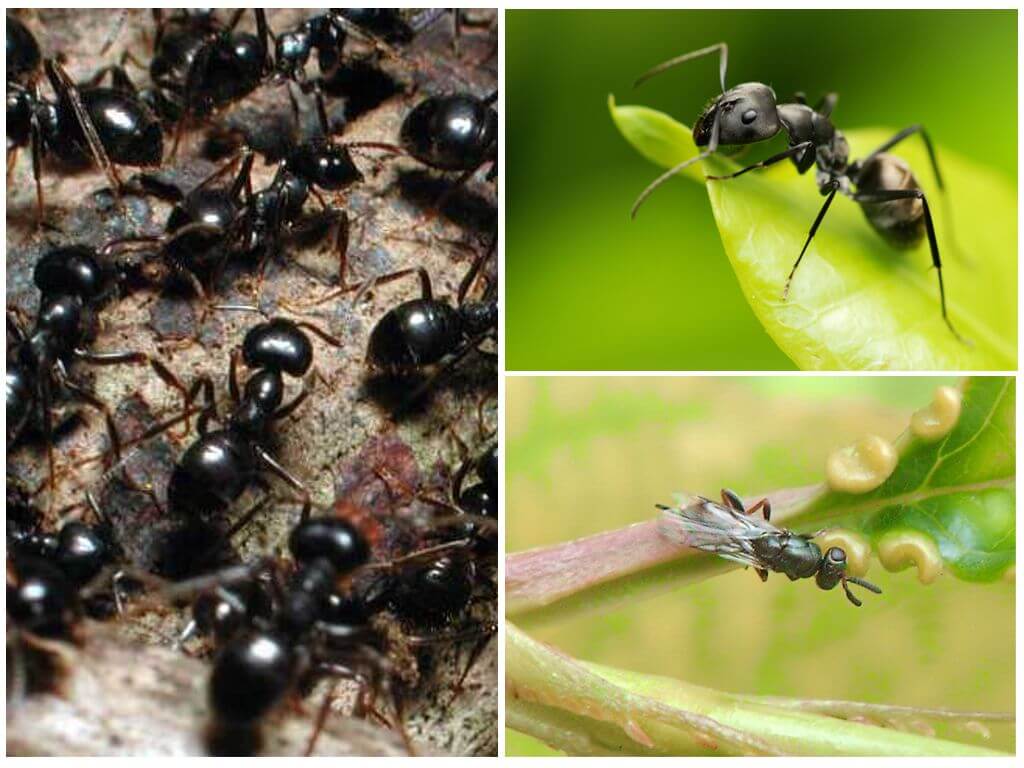- Honey ants
- Mission of honey ants
Honey ants are exotic insects adapted to the desert climate. Found in North America, South Africa, Australia. In total, 5 genera of honey ants are known. All of them differ in unusual appearance, reminiscent of amber jewelry. In the abdomen of huge sizes, a liquid carbohydrate known as honey accumulates.
Lifestyle
It is impossible to meet an unusual insect on the surface of the earth. Honey ants - one of the castes is quite familiar to the appearance of ants. Individuals, being a chrysalis, are firmly attached to the walls anthill, become motionless, eat a lot.
Nutrition
The remaining relatives constantly drag them food, and the belly of a honey ant is gradually increasing in size. They feed on honey dew - the juice of plants with a high sugar content. One of the food sources is aphids. The insect leaves the substance on the leaves of the plants, the ants drag it to their relatives.
Interesting!
The relationship between aphids and ants seem amazing. Aphids can be found on any fruit tree, but some ants keep it as a "pet." They build a separate chamber, feed it, and tickle it with their antennae to get a sweet substance. The food is stored, where the relative’s belly serves as a container.
North American honey ants feed on oak juice, which is extracted by "roommates" in case of drought.
Appearance
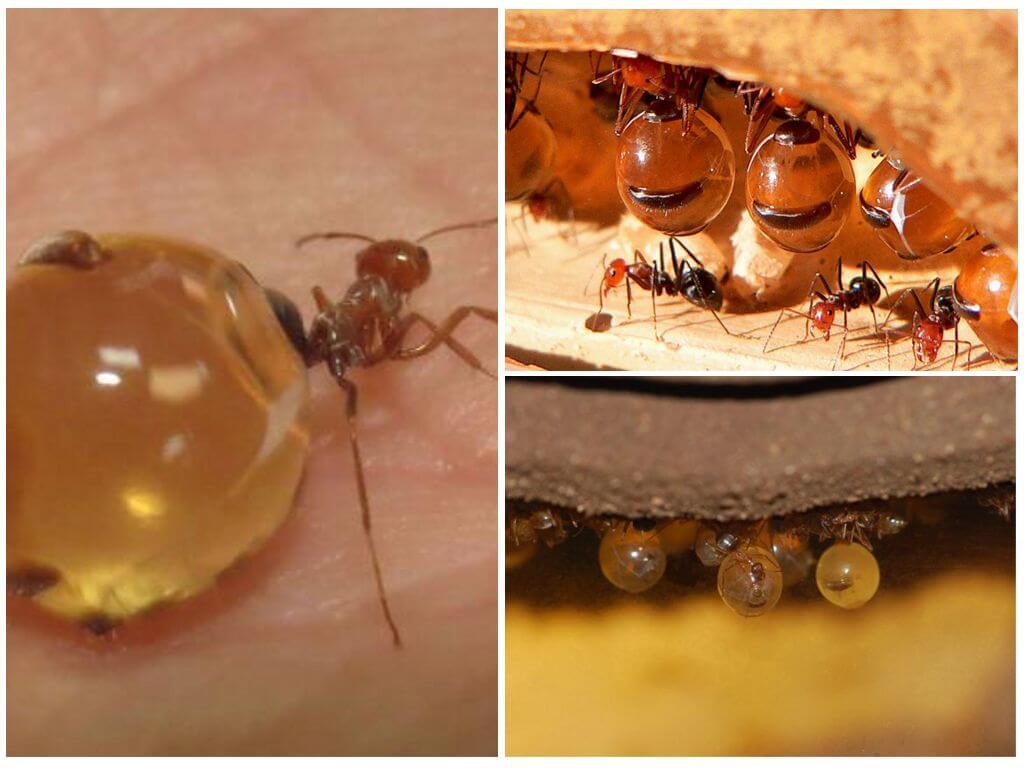
An unusual type of insect adds a large abdomen filled with honey. Small head with antennae, three pairs of legs, sternum are the same as in all representatives of the ant family.
The second name of these original individuals is barrel ants. The walls of the abdomen are so elastic that they reach the size of a grape. Locals call them earthen grapes.
Interesting!
One more unusual fact concerns the dimensions and placement of insects. Due to the large size of the abdomen, honey ants barrels can not move. They are suspended in the upper part of the anthill. If for some reason the insect breaks off, the "belly" bursts.
Breeding
Mating males with females occurs during the "mating season" twice a year. The lady has enough seminal fluid to reproduce offspring all her life. After the appearance of the larvae, there is a division into castes, each member of the family will fulfill its role. All the anthill residents are relatives who received life from one uterus.
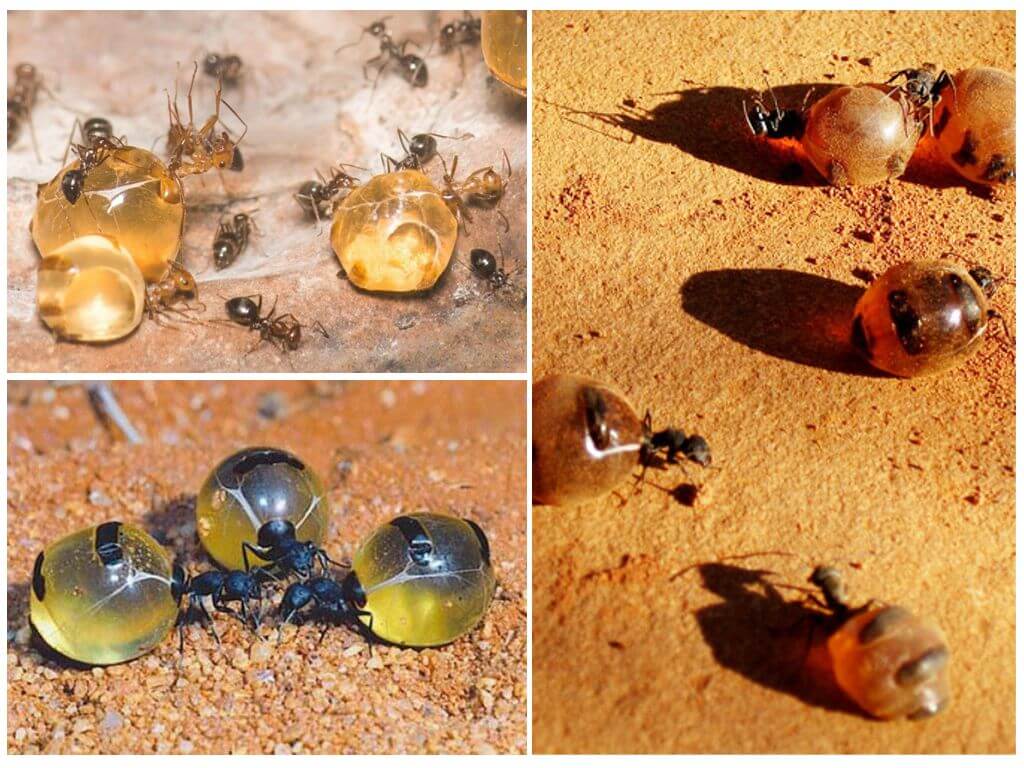
After fertilization, the young female leaves the old house, looks for a favorable place for the construction of new housing, gives rise to a new colony. The dwelling goes deep into the earth, totals several thousand individuals.
Mission and Benefit
Hungry relatives in difficult times approach the barrels, tickle the abdomen with antennae, give a signal about the need for food. Honey ants burp out a portion, give the opportunity to get enough of the rest. A certain caste of ants saves the whole family in difficult times.
An anthill with a range of barrel ants looks like a vineyard. Amber berries hang down, almost motionless. Locals specifically look for a family of unusual ants to get honey. Food is a delicacy, often the honey abdomen is eaten whole with the rest of the insect.
In nature, there are more than 12 thousand. varieties of antsand only 35 of them are honey.
